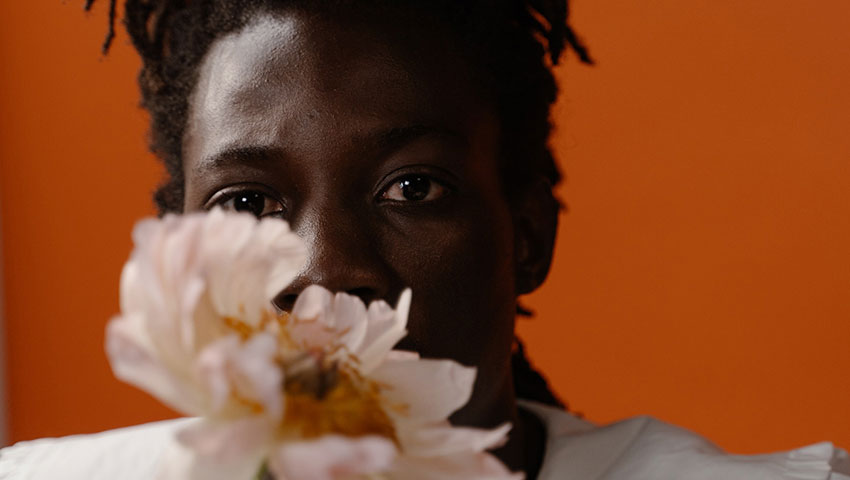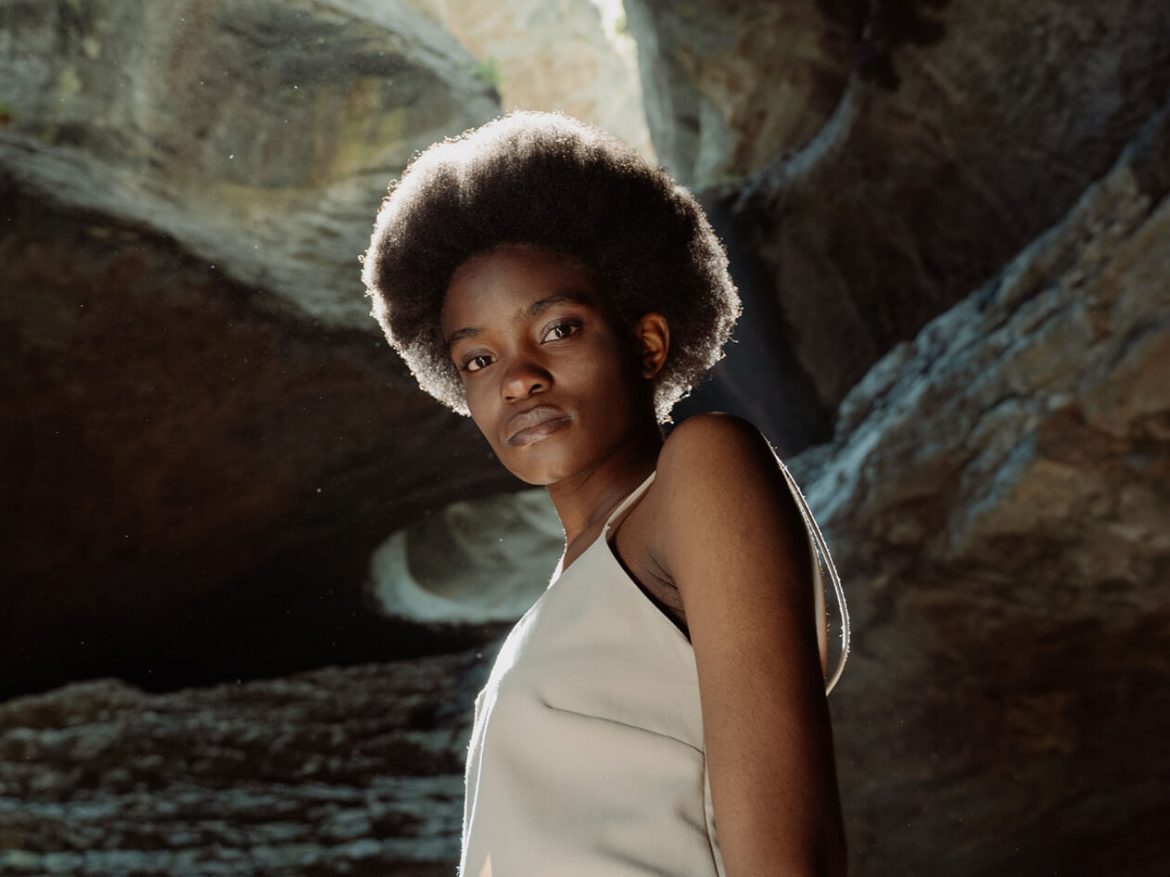Fine art portrait photography is a slightly ambiguous genre. Some argue that in order to be considered fine art, an image must feature specific elements. Others claim that we, as photographers, can decide whether our work fits into the fine art genre or not.
It also has patterns that you can use to create your own fine art. Some of these include poses, expressions, and lighting that will add an elegant touch to your portraits.
1. Use Classic Backgrounds to Highlight the Subject
More often than not, fine art portraits have very simple backgrounds that put the spotlight on the subjects. Having a very simple background will highlight every feature on your subject’s face, like skin textures, clothes, and the objects they’re holding.
Many fine art portraits have black backgrounds. This creates the illusion of depth and compels the eye to focus exclusively on the model.

2. Use Inanimate Objects
Editing is definitely optional. If you want to keep your photos as raw as possible, you can still create very stunning fine art portraits. If you’re in the mood to experiment, though, you’re in for a treat!
These items either told a story about their subjects or served as eye-catching decorations. We can learn a thing or two from these masters by using inanimate objects in our photographs.Things like books, flowers, and instruments all have textures that could turn your photos into true fine art portraits. As you look for objects, keep your model’s story in mind.
3. Be Creative With Makeup and Costumes
Fine art photography is nothing without its costumes and makeup. Some photographers like to take the traditional route and dress their models using costumes that look like they belong to royalty. Many focus on both makeup and clothes.
You can use anything. I often use thrift store finds in my portraits. They’re unusual, affordable, and vibrant enough for fine art portraits. Be as creative as you want! Use secondhand scarves, hats, dresses, or even gloves. Pretend that you’re preparing for a film role. It sounds silly, but your imagination can take you to the most exciting places if you allow it to.
4. Don’t Be Afraid of Motion Blur
In general, motion blur is something many portrait photographers tend to avoid for understandable reasons. Details are something you don’t want to take for granted. However, you should occasionally blur parts of your photo during your shoot or post-production.
The results will show you the importance of getting out of your comfort zone and experimenting with unpredictable techniques.
5. Go Faceless
As important as facial expressions are, they don’t have to be featured in a portrait. Sometimes, a simple photo of a hand, a strand of hair, or a curved spine can evoke memories far more powerful than a photo of a stranger’s face. There’s something comforting, even relatable, about seeing a human figure and not just an unfamiliar face.
Faceless fine art portraits are ideal for self-portraits, experimental photos, or test shots with subjects who don’t want to show their faces. Taking them will open up a whole new world for you. You’ll have nothing but movements, body parts, and backdrops to focus on.
6. Give Yourself an Editing Challenge
Editing is definitely optional. If you want to keep your photos as raw as possible, you can still create very stunning fine art portraits. If you’re in the mood to experiment, though, you’re in for a treat!
What you may not notice immediately is how much love he pours into his editing work; his portraits are carefully color corrected to look the way they do. Without his editing skills, he wouldn’t have a powerful signature style.Editing is definitely optional. If you want to keep your photos as raw as possible, you can still create very stunning fine art portraits. If you’re in the mood to experiment, though, you’re in for a treat!


Some of these include poses, expressions, and lighting that will add an elegant touch to your portraits.
It also has patterns that you can use to create your own fine art.
As important as facial expressions are, they don’t have to be featured in a portrait.